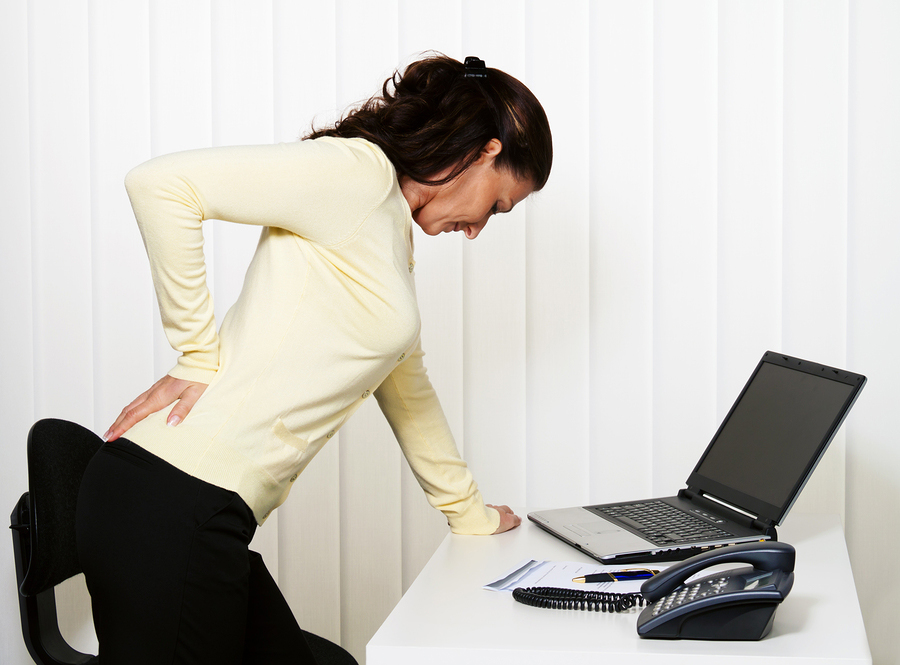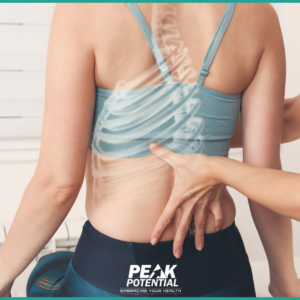
Do you experience sore, achy, or even severe low back pain?
How about abdominal pain, weakness, or tummy trouble?
Maybe you experience temporary relief, but that lingering discomfort does not seem to go away. Despite everything you try (even specialists and or medication), do you feel like there is a piece of the puzzle that’s missing?
Our bodies are in fact a complex puzzle with many pieces that must fit together. Often, we get so focused on the exact “spot” that hurts, we ignore the whole system that needs to fit perfectly.
Let’s look at the system that makes up your midsection where many of our clients report pain and discomfort that disrupts their quality of life.
Your Organs Live in a Box
At the back of your abdominal box are the muscles of your spine, the front your abdominal muscles, the sides your oblique muscles, the top your diaphragm, and the bottom your pelvic floor muscles.
The most ignored piece of the “abdominal cavity puzzle” (the one no one wants to talk about) are the pelvic muscles. However, it shouldn’t be so taboo because problems with the pelvic muscles are actually very common.
In fact, pelvic pain affects about 20 % of the population. The rate of problems such as weakness, muscle spasm, or related symptoms such as incontinence and sexual dysfunction are as high as 50%. Evidence shows that those with low back pain have a significant decrease in pelvic floor muscle function. In these cases, people report symptoms such as:
-
Tender points in the back, or buttock.
-
Pain in the abdominal area.
-
Unable to sit for as long as you used to.
-
Urinary frequency, urgency, or leaking.
-
Chronic constipation
-
Straining with bowel movements
Maybe you have some of these symptoms occasionally but don’t feel like they aren’t a big deal to you right now. Maybe that back pain that keeps you from enjoying your weekend activities is most pressing right now. But remember, in this puzzle all of the pieces must be addressed before you completely achieve the long lasting relief you desire.
How do we keep all the pieces of this puzzle functioning properly so each part can do its job?
1. Diaphragmatic Breathing
The diaphragm is the top of the box. It expands and contracts with each breath. Deep diaphragmatic breathing improves digestion, relaxes the back and pelvic muscles, and aides in increased oxygen utilization for muscle function. While lying on your back, breath in deeply allowing your stomach to rise as you breathe in and fall as you breath out.
2. Abdominal drawing in maneuver
This is a simple, yet effective exercise to improve abdominal muscle strength, control, and also recruit the pelvic floor muscles. Starting again on your back. . . as you exhale, keep your back flat on the ground and pull your stomach in pulling your belly button to your spine. Hold, release, and then repeat.
3. Lifestyle Habits
Everything you do to keep a strong healthy body will affect your back, core, and pelvic floor. This includes good posture, maintaining a healthy body weight, refraining from smoking, and exercising regularly.
Could this be your missing piece?
We see this frequently with our clients. In fact, 78% of physical therapy patients with low back pain also have urinary incontinence. Most don’t come to therapy reporting this as a problem.
Our clients want their back fixed so they can get back to running. They think it has nothing to do with the fact that they leak during a race.
Over 50% of clients delay treatment for pelvic issues due to either embarrassment, or they feel this piece to the puzzle is just inevitable.
Well. . . it isn’t!
Physical therapists help people experiencing back, abdominal, and pelvic pain restores strength and flexibility to the muscles and joints and reduces their pain. Our clients are often pleasantly surprised when constipation, shortness of breath, or urinary symptoms subside during the course of their back pain treatment.
If back pain, tummy trouble, or pelvic pain are limiting your ability to confidently participate in the activities you enjoy INQUIRE TODAY about a FREE 15-minute phone conversation from the comfort of your own home can help you start putting ALL the pieces of the puzzle together. Click the link below to get started.




